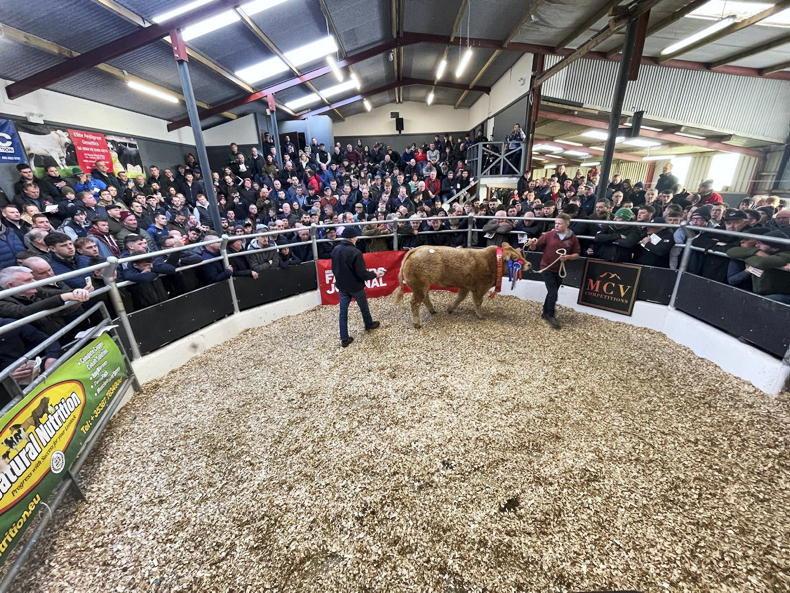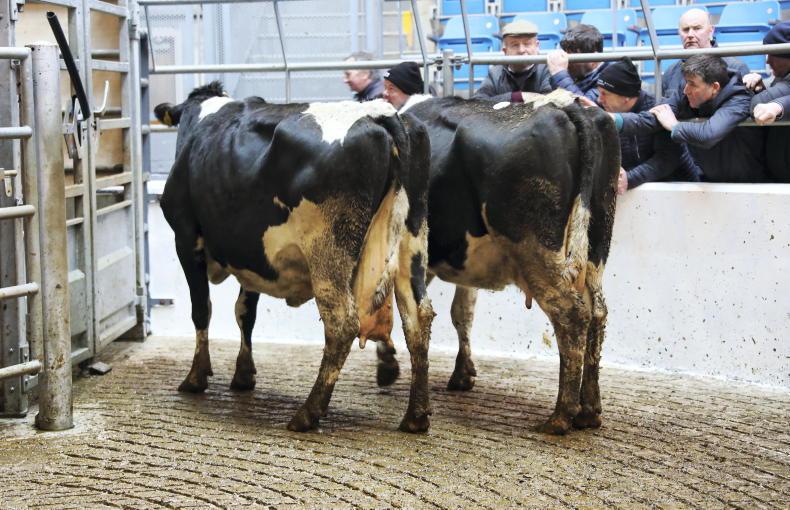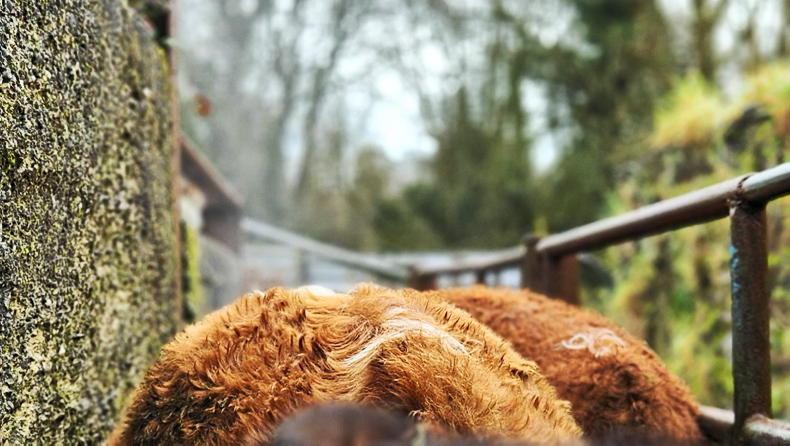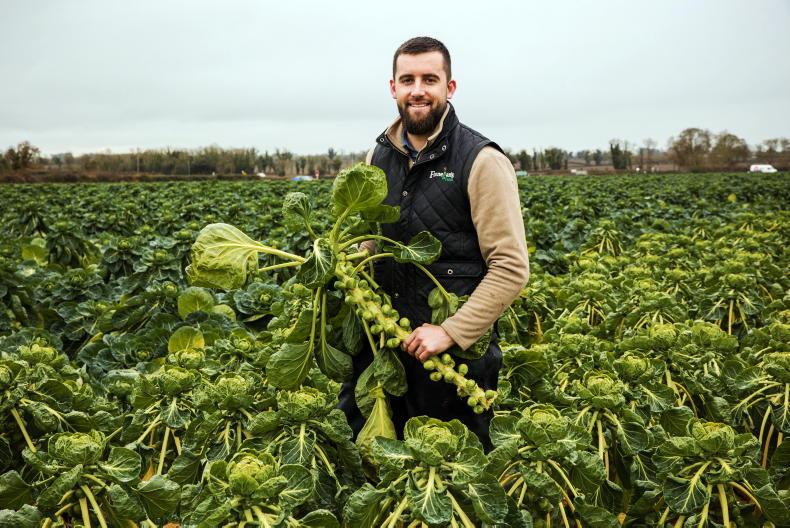Sometimes it’s hard to remember what happened last week, never mind last year, but mention the spring of 2013 to a lot of farmers and they remember it like yesterday. It was a really late, tough spring, with fodder reserves and farmers’ nerves stretched to their limits.
That year also coincided with the highest number of suckler cows in the country in the last 10 years with the number standing at 1,142,557 in June of that year.
Numbers started to fall in 2014 with a big drop of almost 5%, driven by the abolition of milk quotas on the horizon in 2015. Continued reductions over the next 10 years saw the June 2022 figure sit at 908,681.
The reductions continue with strong cull cow prices in the back end of 2022 and beginning of 2023 expected to drive one of the largest reductions in suckler cow numbers in the last 10 years in 2023.
Numbers dropped 4.5% in 2021 and 3.1% in 2022 and could hit a 6% to 8% reduction in 2023.
ACRES, a new organic scheme, nitrates changes and profitability will continue to force suckler farmers to reduce cow numbers in the years ahead.
It’s widely accepted that to hit our climate change targets by 2030, animal numbers will have to reduce.
The suckler herd is already on that path. However, there was a very mixed reaction to a proposed suckler cull scheme that was on the cards as part of the Food Vision beef and sheep group’s recommendations on actions needed to meet the 25% cut in emissions.
It was such a politically divisive topic that the Minister for Agriculture chose to take it off the table with no culling scheme to be introduced in the near future, which would pay suckler farmers to reduce or exit suckler production.
The fact that the reduction is happening anyway negates the need for such a scheme. Food and Agricultural Policy Research Institute (FAPRI) analysis has forecast that suckler cow numbers will reduce to around 650,000 cows by 2030, seeing the national suckler herd almost halve in 20 years.
The 650,000 cow figure would have serious repercussions for many.
Take pedigree breeding as a perfect example.
It took 38,000 stock bulls to sire the cows in the national herd in 2013. It will only take 21,000 bulls to do the same job in 2030 if the FAPRI analysis is correct.
What’s the problem, I hear you ask? If we look at emissions on a sector-by-sector basis, suckler farmers will have done more than their fair share of heavy lifting when it comes to stock reductions which will, in turn, help to go a long way to meeting our climate change targets. But that’s not the way we count things.
We need to take account of the expanding dairy herd and calculate our figures based on the “national herd”.
When we do this the national herd isn’t reducing as fast as some would like, so therein lies the problem. Almost 500,000 cows have been added to the dairy cow population over the last 10 years from a figure of 1,144,584 in 2012 to 1,625,756 in 2022.
Other industries
What about other industries centred around the suckler herd? Meal companies, AI services in suckler areas, vets, fertiliser companies and small merchants in the west of Ireland will all see their businesses undergo huge change in the next six to seven years if we see our suckler herd dwindle to 650,000.
A dwindling suckler herd could mean close to 75% of our beef slaughtered in Ireland will have originated from the dairy herd
Yes, some of these cows will be replaced by dairy-beef animals in certain parts of the country, but, for many, this won’t be an option.
Policy and advice is moving in that direction but for many farmers in the west of Ireland, this will never be an option and it would be wrong to trick these farmers into thinking that they can rear dairy beef on the hills of Mayo or west Cavan.
The bigger question is, will it have ramifications for the marketing of Irish beef? A dwindling suckler herd could mean close to 75% of our beef slaughtered in Ireland will have originated from the dairy herd.
So far, customers of Irish beef haven’t differentiated between suckler and dairy beef but with less and less sucklers, does it weaken our market proposition heading to European markets and beyond?
The new Suckler Carbon Efficiency Programme is a vital support tool to help farmers who don’t have other options, but it won’t encourage new entrants.
EU and Irish policy wants less cows and suckler cows have a target on their backs.
The areas where growth has occurred in the national dairy herd have been well documented in recent years and that growth continues, albeit at a slower pace in the last two years.
Figures 1 and 2 outline the changes that have occurred to the suckler cow population over the last 10 years.
Huge reductions in suckler cow numbers in the south and east have taken place over the last 10 years, the locations where the biggest growth in dairy cow numbers have also taken place.
Tipperary has lost 31% of its suckler cows during that time, or 22,144 cows.
Waterford has lost 39%, or 11,331 cows. Kilkenny is the final county with a reduction of more than 30%, or 13,492, in suckler cow numbers in the last 10 years. Tipperary has seen a 50% increase in dairy cow numbers from 126,210 in 2012 to 189,001 in 2022. Waterford’s dairy cow numbers increased from 58,126 in 2012 to 90,815 in 2022, while Kilkenny dairy cow numbers went from 60,592 in 2012 to 104,221 in 2022.
Counties which have seen some of the lowest reductions are located on the western seaboard. Leitrim saw the lowest reduction with 11% less suckler cows in the last 10 years.
Mayo, Sligo, Galway, Clare and Kerry, counties where there is a big tradition of suckler farming, all recorded a decline of between 12% and 14% since 2012.
Suckler farmers have also seen a big drop in numbers over the last 12 years.
There were 45,265 active suckler herd owners in 2022, a reduction of 3,962 suckler farmers since 2010.
Leitrim was the only county to see an increase in suckler herdowners with 46 more farmers in 2022 as opposed to 2010.
Tipperary, Cork and Kilkenny saw some the largest decreases in suckler farmer numbers, with each county recording more than 400 fewer suckler farmers in the last 12 years.
The average herd size was 20 cows in 2022 with Leitrim recording the lowest herd size at 12.8 cows and Kilkenny recording the highest herd size at 28.9 cows.
Suckler cow decline is not only confined to the Republic of Ireland. Suckler numbers have also seen a decline in Northern Ireland.
The largest decline has been seen in Derry, with a 21% decline in the last 10 years or a reduction of 8,089 cows.
The lowest reduction has taken place in Down, which recorded a 6% reduction, or 2,613 fewer suckler cows since 2012.
There were 279,195 cows in 15,665 NI herds in 2012. This stood at 246,240 cows in 14,051 herds in 2022. Suckler cow numbers have seen a reduction of 32,955 cows (11.8%) in the last 10 years, while the number of suckler farmers has reduced by 1,614 (10.3%).










SHARING OPTIONS